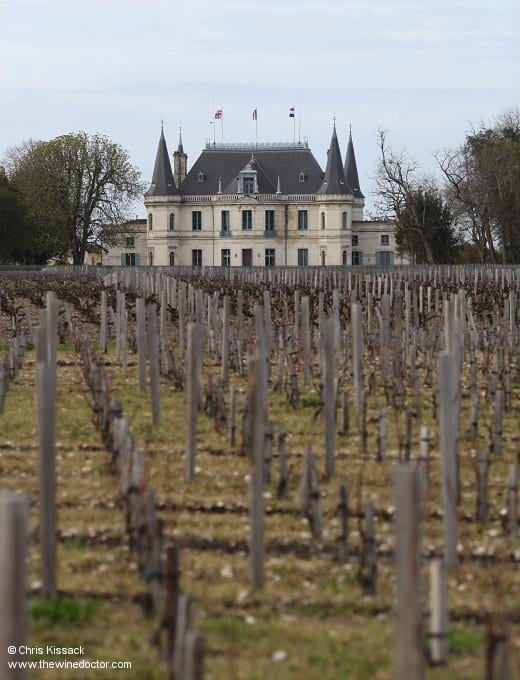Château Palmer: General Charles Palmer
General Palmer was renowned not only for his military success also for his amorous conquests, no doubt due to his inimitable charm, although his allure may have been somewhat enhanced by his position as aide de camp to George, Prince of Wales (1762 – 1830), the future George IV. His taste for high society and his political ambitions led not to his newly acquired estate, however, but to London, and so Palmer entrusted the running of his 60-hectare estate with its 30 hectares of vineyards to a local négociant named Paul Estenave and the régisseur, Jean Lagunegrand.
There was no shortage of interest or support from Palmer though, as during the early part of his tenure he authorised an ambitious program of investment and expansion, acquiring new land and planting more vineyards. This included the purchase of Domaine de la Raze and Domaine de Bélair in 1816, and Domaine du Roucaud in 1817, and numerous other acquisitions over the next two decades. The amount of money spent on these acquisitions was vast; between 1816 and 1820 an incredible 212,000 francs went on new vineyards, with another 159,000 francs between 1820 and 1831. By 1831 the estate covered 163 hectares of land, of which 82 hectares were planted to vines (nearly three times the area Palmer had first acquired), as well as newly constructed buildings in Issan, Cantenac and Margaux. With such huge investment, it was perhaps only natural that the proprietor should change the name, Château de Gascq now becoming Château Palmer.

